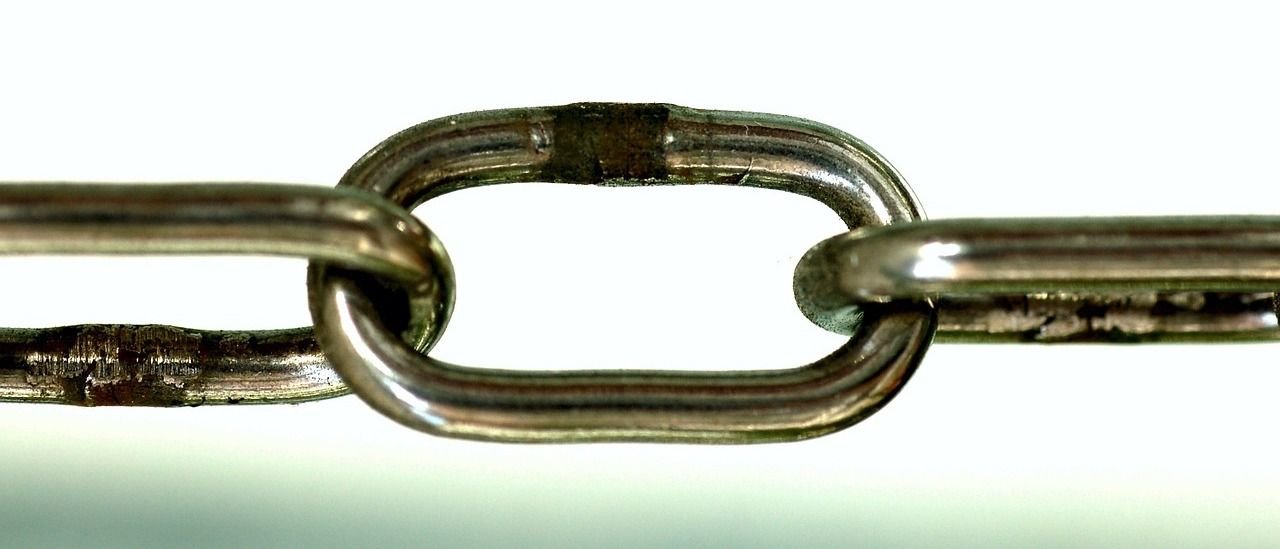Link Building / SEO

An important part of your website ranking with search engines is that other websites find your content interesting and display a link to your website.
Here you find a list of websites that are happy to exchange a link with you. You can utilise it to your liking.
Link exchange has been a practice in the internet ever since. And it is a good practice too – if you do it right. Link exchange has a potential to positively impact site traffic and improve business relations.
I give you a link, you reciprocate, everyone’s happy, right? If only it were as easy as that.
Link Exchange
There are a lot of factors why you could consider link exchange. Here are some reasons:
- Their website is related to my site topics / niche and it not in competition with your website.
- Their website is valuable information, good navigation and looks professional.
- Their website does not exchange with hundreds of other websites – meaning my links are highly valuable and theirs is a commodity.
- They do not give out “nofollow” links. The search engine would never get to your website.
Link exchange helps but one-way links are the best. Exchanged links give a lot less link juice compared to one-way. I personally think it’s better to improve your site content and user-friendliness in order to get one-way links rather than investing your time asking around for link exchanges. It’s simply not worth it.
Internal Linking
This link building strategy is, of course, the easiest one to do. Why? Well because it’s a factor that you can manipulate 100% since the link is located within your website.
Internal linking helps search engine spiders find new content within your website. It also makes navigation easier for your readers in case they want more resources from you.
The best internal links are located inside your article and should not be clustered at the end of your content. You can have clustered related posts links but you should still also do internal linking on your own.
Blog commenting
Blog commenting used to be one clean linkbuilding game. Now blog commenting is generally frowned upon as a linkbuilding method. Most blogs have nofollowed blog comment links which makes any link that you build in their site useless when it comes to passing out page rank.
Scout out for blogs with a good amount of readers, great content and “dofollow” comment links if you are commenting for link building purposes.
Paid Links
Paying for links is an investment. But, like all investments, you have to choose and pick the cream of the crop. Pick the best website or blog – then pick the best webpage they have – then pick the best spot in that page. It would be best if your link is within the article itself. But if you can ask for a link in the sidebar, then all the better.
Make sure that you don’t use link brokers. Link brokers cannot give you any good link. All their links are already devalued by Google – because it is against Google’s webmaster guidelines to buy links in the first place. And since link brokers are most probably already identified by Google, buying from them will get you nowhere.
Social Media
These links are all nofollowed. Meaning they are useless when it comes to building page rank. However, building page rank is not the point when using social media. The main purpose of linkbuilding through social media is for your links to attract people in different social networks.
The purpose of this link building strategy is to get links outside the social networks through the people inside them.
Link Baiting
This link building strategy is arguably the best choice when it comes to effective one way link building. Link baiting is all about creating good, quality content to attract one-way links from people who deem your article worthy of attention.
{loadposition seo-school}
Unique, creative, innovative web design
with just you in mind!








